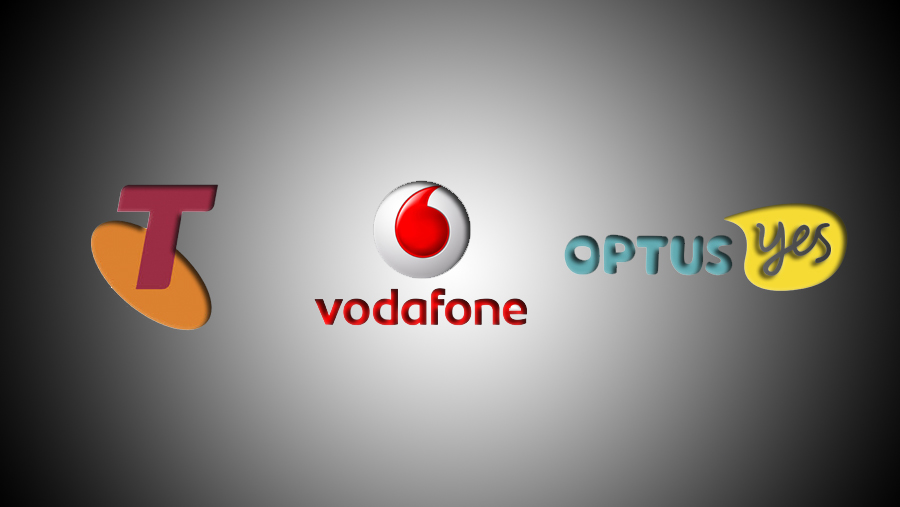Best 4G network: Telstra vs Optus vs Vodafone
LTE now the norm for many Australians

Australia has always been at the forefront of new mobile technology rollouts, and 4G is no exception. Initially rolled out by Telstra late in 2011, both Optus and Vodafone quickly followed suit rolling out their own versions of LTE technology.
Over the past few years, all three telcos have committed to massively expanding their 4G networks to not only reach more and more people across the country, but also introduce new technologies to offer faster downloads, while new features like Voice over LTE and LTE-Broadcast have made an appearance.
With that in mind, what do these networks have up their sleeves for the immediate future? Here is our rundown on what you can expect.
Best 4G Coverage
Let's face it, 4G is going to be of no use to you if you don't have access to it. Telstra had quite the head start in the rollout. As last reported early in 2017, around 98 percent of the Australian population can get Telstra 4G, which is approaching their promised 99 percent coverage by the middle of the year.
Optus took a slightly different approach to its 4G rollout, launching exclusively around the Newcastle area in April 2012. Since then, the service was expanded to capital cities and key regional hubs, around the country. Optus now claims that 95 percent of Australians can use its 4G service, and is dedicating a lot of time and resources to expanding its 4G offering to regional hubs around the country.
Vodafone was the last telco to join the 4G competition, and is a little bit more cautious with its claims of market reach. However, the telco has said that its 4G network reaches 96.9 percent of the country's metropolitan customers, and while Vodafone 4G is available in a number of regional areas, Vodafone isn't quite as vocal about it as its competitors.
Both Telstra and Optus are currently using a type of carrier aggregation that they refer to as 4GX and 4G Plus respectively. This method, albeit tackled slightly differently by each telco, essentially combines two “channels” of certain frequencies in order to potentially double regular 4G data speeds and network availability.
Get daily insight, inspiration and deals in your inbox
Sign up for breaking news, reviews, opinion, top tech deals, and more.
The catch is that these “double speed” services are only currently available in the major cities and some regional centres, and you’ll need to have a compatible device in order for this to work. Thankfully, most of the newer and more popular devices play nice with both these technologies, such as the Apple iPhone 7, Samsung Galaxy S7, and Google Pixel.
Best 4G price
The biggest challenge with 4G in Australia is the limitation on data caps. Despite the fact that data speeds have been drastically increasing thanks to 4G technology, the data allowance on plans actually went down as the networks were being rolled out, and we’re now seeing price hikes almost across the board.
The good news is that bundled data has slowly been on the rise again and telco's are also starting to actively change the way they charge for excess usage.
Telstra
Telstra currently have four bring-your-own-phone plans (with a 12 month lock-in period), the smallest of which only offers a piddly 500MB data for $35 a month. There are two Medium-sized offerings, one with 5GB data for $40 a month, and the other with nearly twice the data at 8GB for $50 a month. The Large plan has unlimited talk and text, and a massive 15GB of data per month, however weighs in at a hefty $70 per month.
Additional data packs are available for the heavy downloader, with a $15 purchase giving an extra 2GB of data, $35 for 5GB, or $55 for 8GB – just be sure to cancel this if you don’t need it for the next month, as it does automatically roll on. Even if you go over your limit, you’ll only get charged at $10 a GB which is a huge improvement on the pay-per-MB of the past and has been adopted by all three telco’s.
